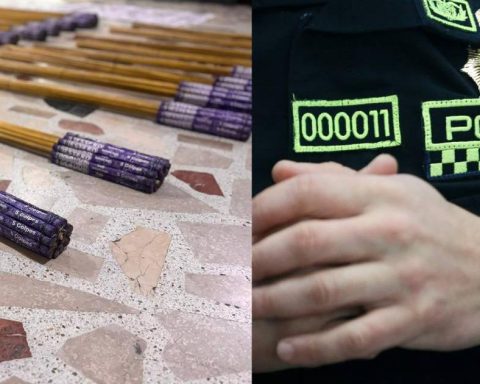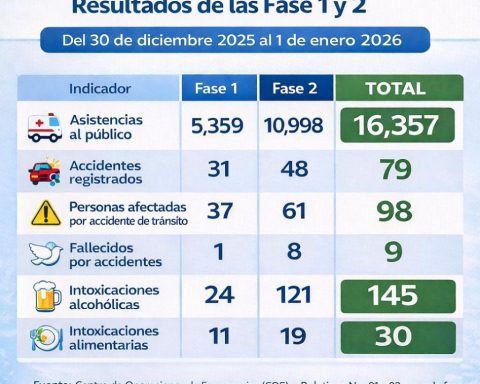Researchers at Johns Hopkins University developed a new technology, based on Artificial Intelligence, to detect when heart attacks could occur.
A study published in the journal Nature Cardiovascular Research ensures that this new technology will help doctors predict a heart attack and what decisions can be made in the face of the diagnosis it yields.
In addition, the possibilities for people who have sudden and fatal cardiac arrhythmias survive.
You may be interested in: Colombian League Against Cancer recommends men to be vaccinated against human papilloma virus
For this technology to work, the researchers used images of the diseased hearts and the patient’s history to generate an algorithm to detect patterns that are not visible.
“Sudden cardiac death caused by arrhythmia accounts for up to 20 percent of all deaths worldwide, and we know little about why it occurs or how to tell who is at risk,” explained lead author Natalia Trayanova, professor of biomedical engineering. and Murray B. Sachs Medicine.
Trayanova indicated that “hThere are patients who may be at low risk of sudden cardiac death and they get defibrillators that they may not need, and then there are high-risk patients who don’t get the treatment they need and could die in the prime of life. What our algorithm can do is determine who is at risk of cardiac death and when it will occur, allowing clinicians to decide exactly what to do.”
Also read: Experts warn of the risks of antimicrobial resistance
According to the study, the predictions made by the algorithms were more accurate in the measurements made by health professionals.
“This has the potential to significantly shape clinical decision-making in relation to arrhythmia risk and it represents an essential step in bringing patient trajectory prognosis into the era of artificial intelligence,” said Natalia Trayanova.

















